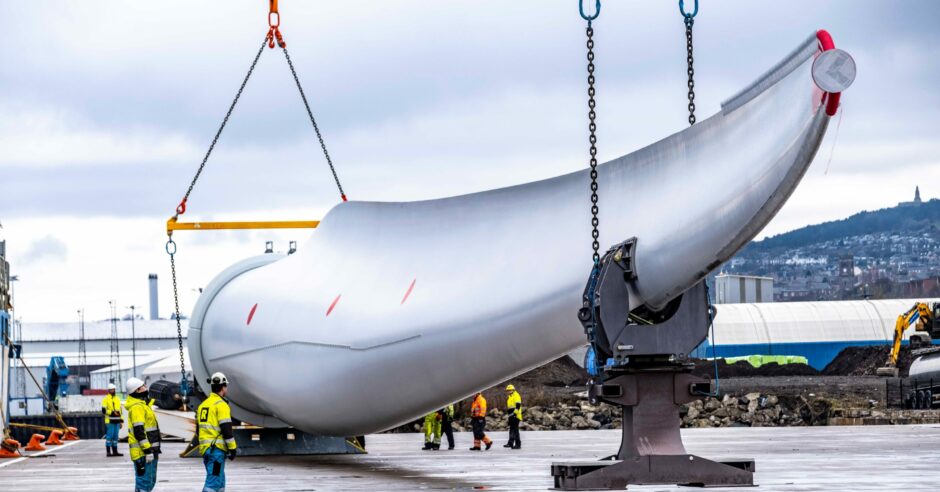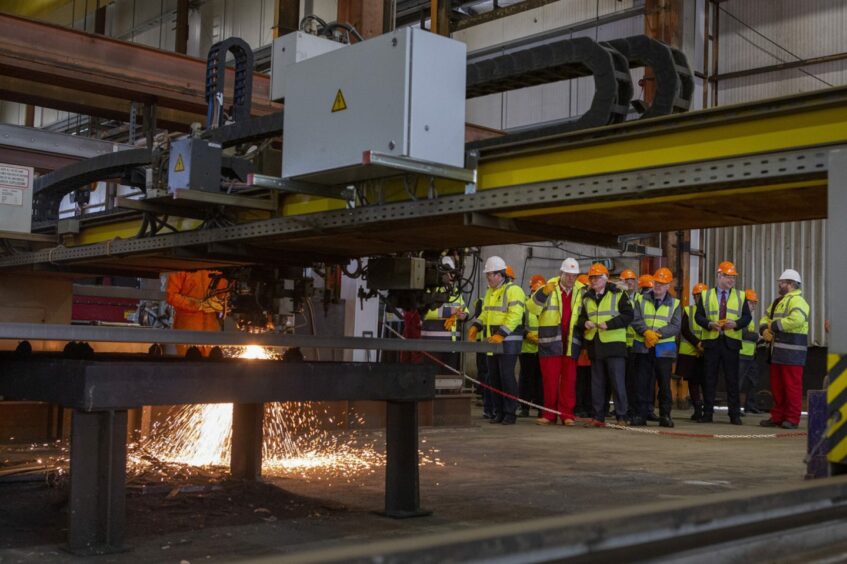
Scottish and UK governments are yet to define what a “green job” is, despite long-running targets to deliver millions by 2030.
The Scottish Government told Energy Voice this week it was still working to “develop a working definition of green jobs” with input from skills groups and industry, despite promises made more than a decade ago to deliver 130,000 by 2020.
It follows a report by the Big Issue which found that the UK Department for Business, Energy and Industrial Strategy (BEIS) also had “no agreed definition” of the term – despite a government target to establish two million such roles by 2030 and the launch of a dedicated task force nearly two years ago.
Under former First Minister Alex Salmond the Scottish Government pledged in 2010 to create 130,000 ‘green jobs’ by 2020, though delivered just 20,500 according to data from the Office for National Statistics (ONS).
Questioned on this result in Holyrood earlier this year, Minister for Just Transition, Employment and Fair Work Richard Lochhead said the government was working to establish “a broader measure of green jobs” and cautioned that ONS statistics provided a “narrower definition of direct jobs in the UK low carbon and renewable energy economy”.
Critics accused the government of “trying to cook the books” in a bid to disguise missed targets, with Conservative MSP Liam Kerr arguing it would give a “distorted picture” of the administration’s performance on job creation.
‘We don’t have anything consolidated’
Meanwhile, figures published by BEIS in May said 68,000 jobs had been “created and supported” or were “in the pipeline”. However, thousands were found to rely on schemes which no longer exist.
“For the purposes of the 68,000 estimate, a ‘green’ job is defined as those covered by sectors outlined in The Ten Point Plan for a Green Industrial Revolution,” the documents said. However, margin notes seen by the Big Issue showed civil servants were not able to provide a firm meaning of the term.
“We don’t have anything consolidated on green jobs definition, and don’t have an agreed definition either,” one note said, instead suggesting that the ONS would “advance on this front”.
Analysis also found that nearly 6,000 of these jobs were allotted to schemes or projects that had already been scrapped, while many more would not arrive until 2029.
£2 billion committed
A Scottish Government spokesperson this week said the administration had committed £2 billion in low-carbon funding to invest in new measures to end Scotland’s contribution to climate change and create green jobs.
“Creating, supporting and monitoring green jobs through initiatives like the Just Transition Fund for the north east and Moray and the Green Jobs Fund along with implementing the Climate Emergency Skills Action Plan (CESAP), including the launch of the Green Jobs Workforce Academy is helping Scotland to secure a truly just transition to net zero,” they added.
“Skills Development Scotland is working closely with the Scottish Government to develop a working definition of green jobs as a framework to understand skills demands. That work is currently being reviewed by key stakeholders including the CESAP Implementation Steering Group and will be published by the relevant researchers shortly.”
Those commitments include a pledge to invest £100 million in businesses via a dedicated Green Jobs Fund.
The government says the scheme will provide £50m to help businesses which provide sustainable and/or low carbon products and services to grow and create jobs, and a further £50m to support businesses and supply chains to take advantage of investment in low carbon infrastructure.
It has also backed “VIBES” – an awards scheme developed to champion businesses in Scotland that are taking steps to improve or reduce their environmental impact.
The results of its skills engagements will arrive as the government looks to publish its long-delayed Energy Strategy and Just Transition Plan later this year.
ONS support
The mismatch between policy promises and statistical analysis is emblematic of the wide-reaching nature of the energy transition, as the entire economy looks to meet the UK’s 2050 net-zero target (and by 2045 in Scotland).
A study by Scottish Renewables and prepared by Strathclyde University’s Fraser of Allander Institute this week suggested the renewables sector provided more than 17,000 full-time equivalent (FTE) direct and indirect jobs in 2020 – though the number of roles that could be classed as “green” extends far beyond the one industry.
The ONS itself has acknowledged there is “currently no agreed definition the ONS can use to produce statistics on green jobs”, and that various UK and international organisations use “a range of definitions”.
A consultation to help clarify a definition and provide more useful measurement tools closed this week.
Speaking in March, government minister for green skills, Lorna Slater, said the discussion of what constituted a green job was “a live one” but one that sat within the wider push for decarbonisation.
“It is fair to say that in the future all jobs will be green jobs… Everybody needs to play their part.”
“Of course it’s useful to have a definition when we’re looking at planning training and when we’re planning investment, but I think it’s…absolutely appropriate that Scotland develops a definition of green jobs that is appropriate for our workforce and our industry here.”
 © Sandie Maciver
© Sandie Maciver